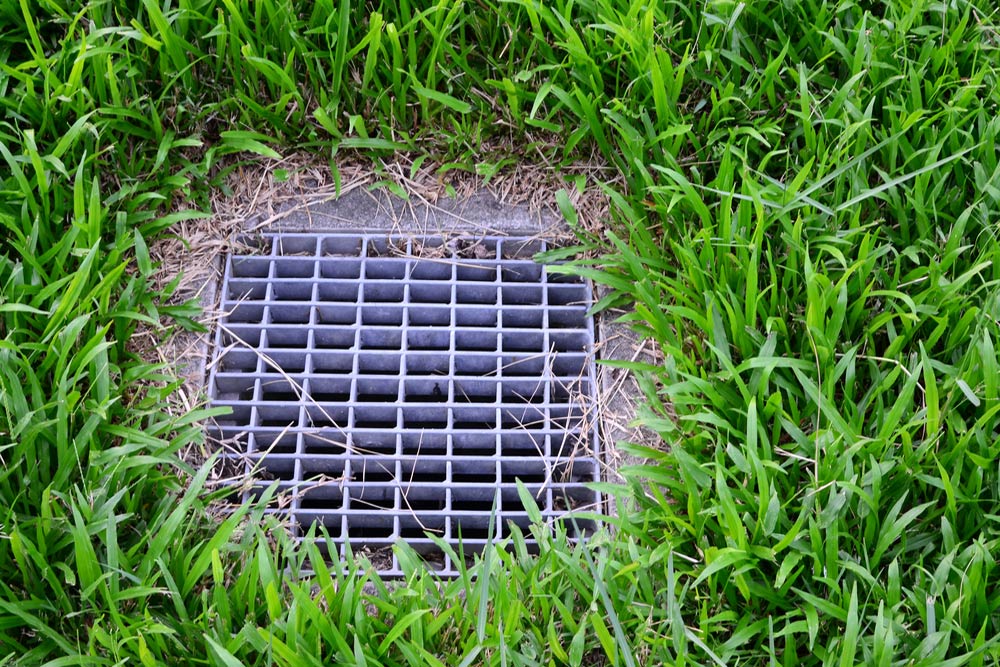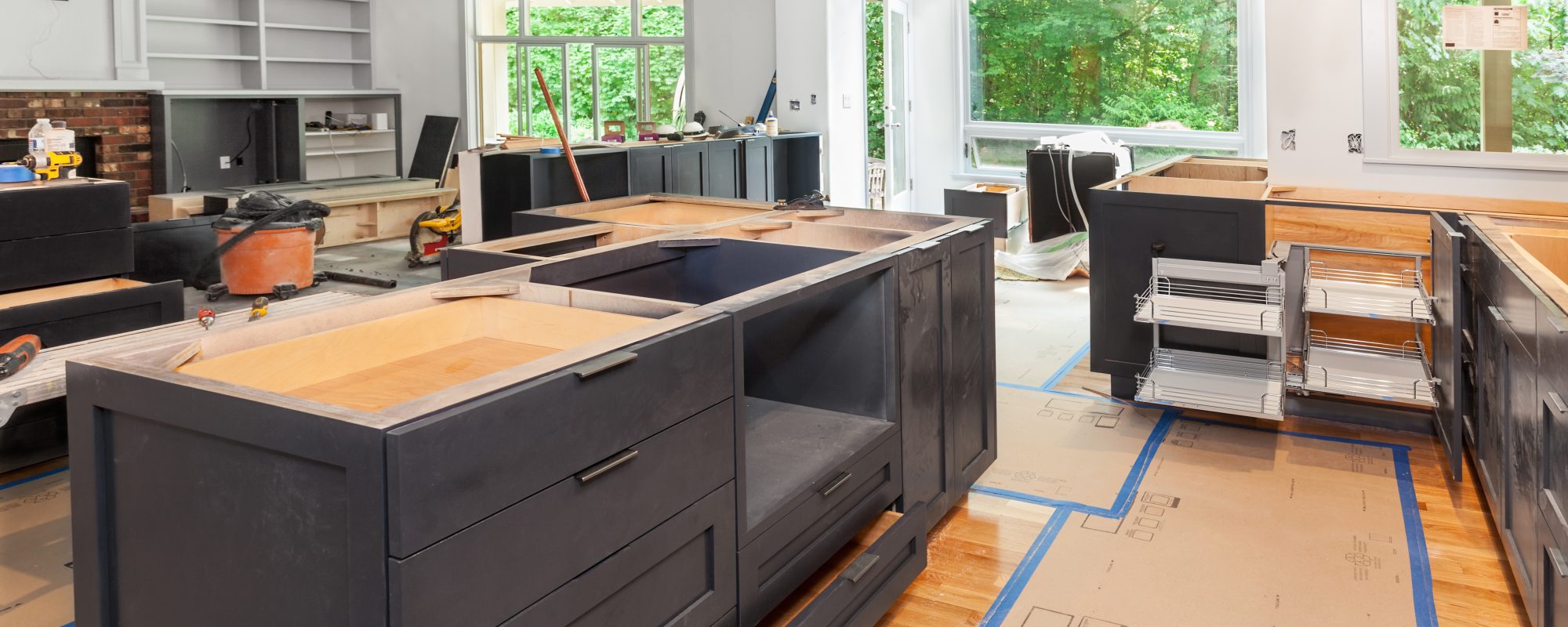Providing proper drainage for your land, commercial, or residential, is one of the most critical long-term preventive maintenance steps that you can take. Insufficient drainage can cause water to create basements, garages, and floods, and can cause significant damage to the foundations of the house. Without proper drainage, under the base of your home or commercial building, water will build up in the soil, causing the soil to swell. The expanding soil can cause the foundation to buckle and break when this happens, resulting in costly and time-consuming repairs. A broken base greatly reduces the value of your home or business estate, and it can cost up to $10,000 to fix foundations. With these costs, it is essential to ensure that your property has sufficient drainage.

Surface Drains or French Drains are the two types of drains that are most widely used to fix excess water issues. It’s important to find the right Drainage System for your property. Let’s discuss the differences.
Construction
Although models have varied over the years, traditional French drainage systems usually feature a trench in which a perforated pipe is laid and then filled with gravel. The perforated piping material is often easily broken, so when installing and working around the drain, care must be taken. The construction of a French drain takes time and requires a lot of considerations in terms of work and design.
In contrast, surface drains are drains with a metal grating that is flush with the surface to drain, providing a safe and easy drainage system. Installation is easy and surface drains are resistant to corrosion and breakage because they are made of metal. Like French drains, surface drains can be used to collect water in concrete areas such as parking lots or garages.
Surface drains vs French drains: purpose The design purpose of surface drains vs French drains is an important consideration in determining what best suits your drainage requirements.
French drains are used mainly to drain groundwater from gardens and around the building foundations. French drains are designed to move water trapped in or out of the ground into an area. We are best used in soil that is vulnerable to rain or flood recurrent saturation.
A variety of commercial and residential uses use ground drains. They are used in a short period of time to store and divert large amounts of water. These are often placed at the bottom of sloped driveways or similar surfaces to collect and drain water runoff from homes, garages, and houses.

Surface drains vs French drains:
French drains are active in removing over-saturated soil moisture. The slope of the soil, however, must be considered to allow water to drain gradually through it and into the drain basin. Designed for restricted use, French drains are usually not good at removing large amounts of water in a short time and are often overcome by flooding conditions and heavy rainfall.
In addition, French drains, as they are underground, are susceptible to frequent clogging, and roots from trees and shrubs often displace and damage the piping. Normally these model disadvantages allow the drain to last just a few years before it has to be replaced. Tyler Sprinkler or another local sprinkler specialist can help if you need some advice.
